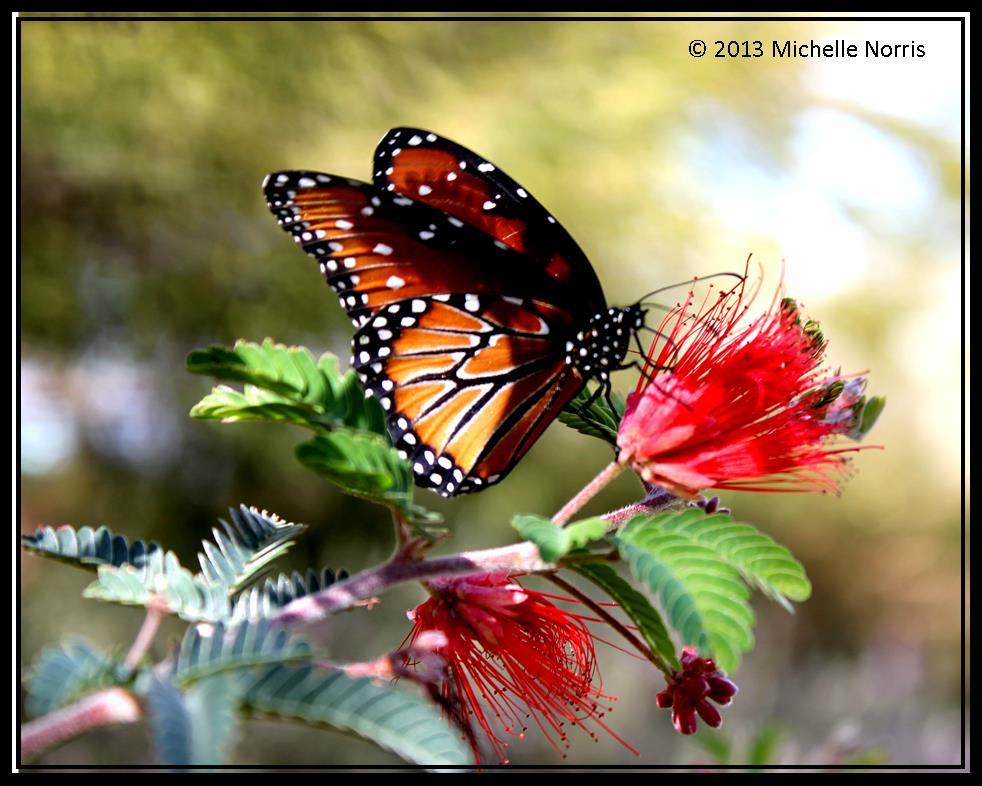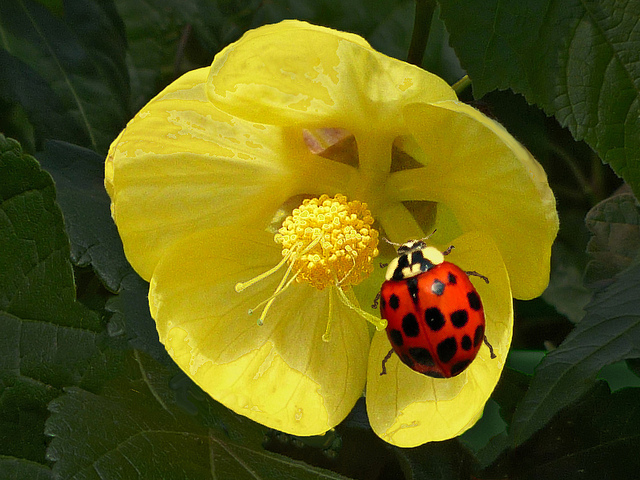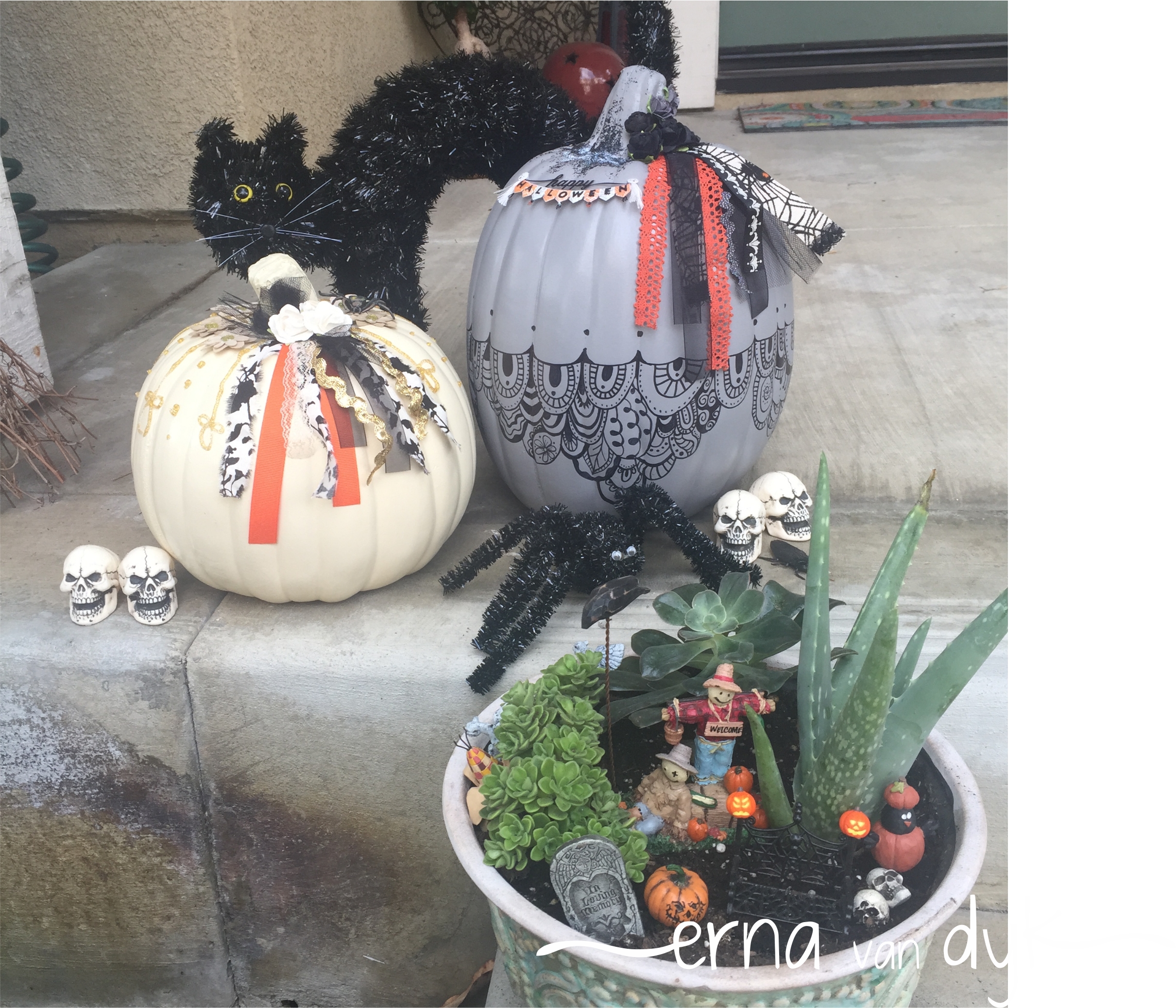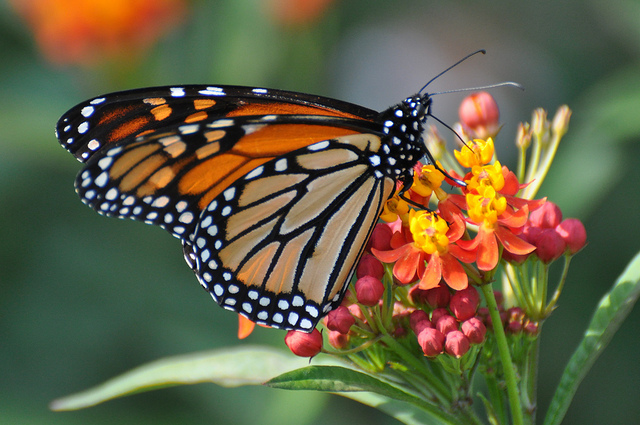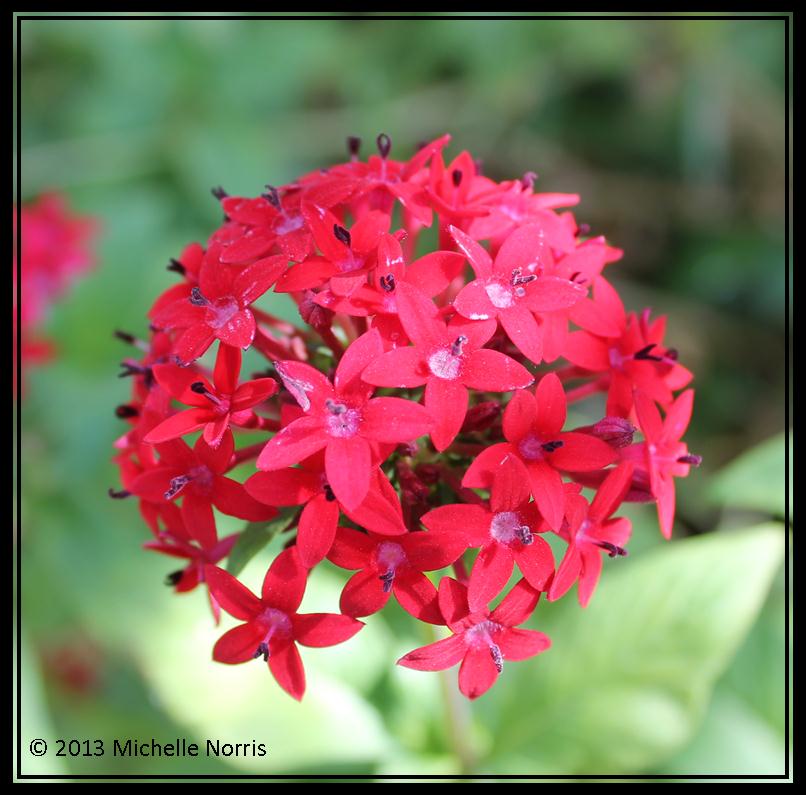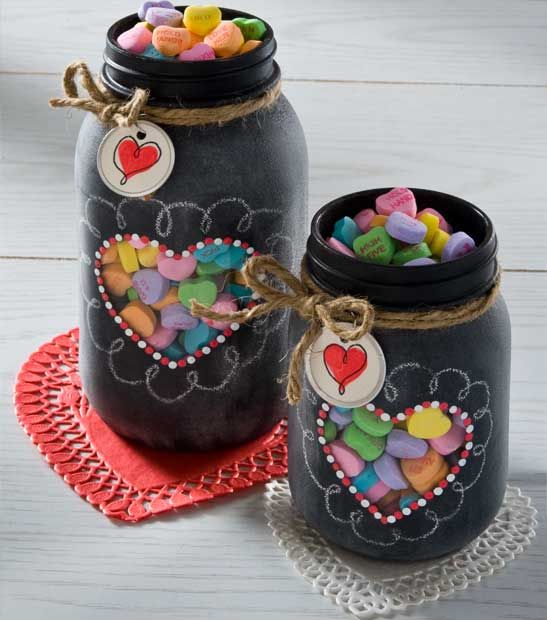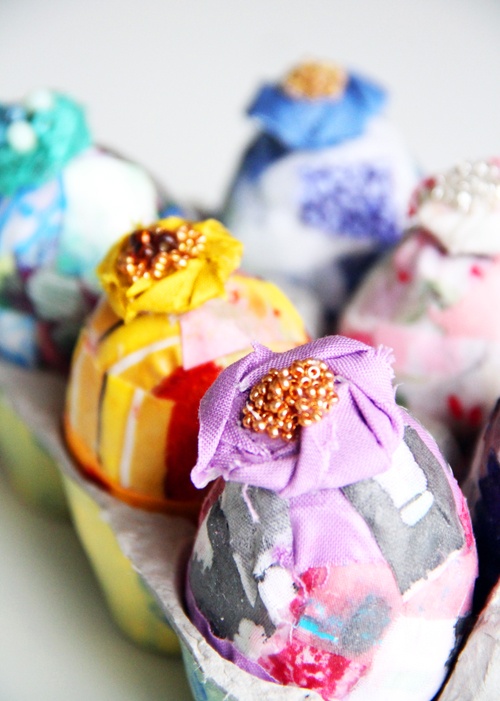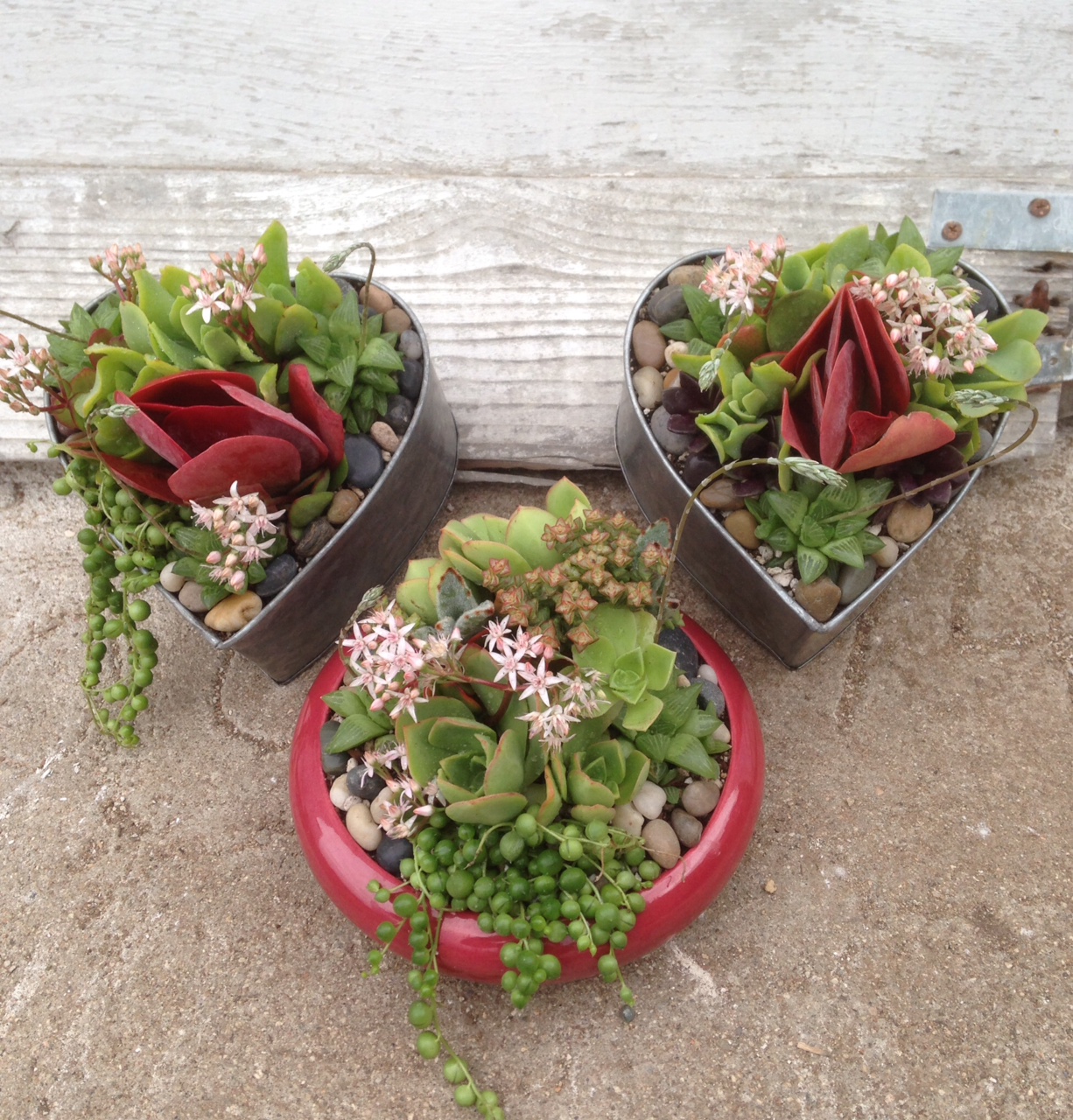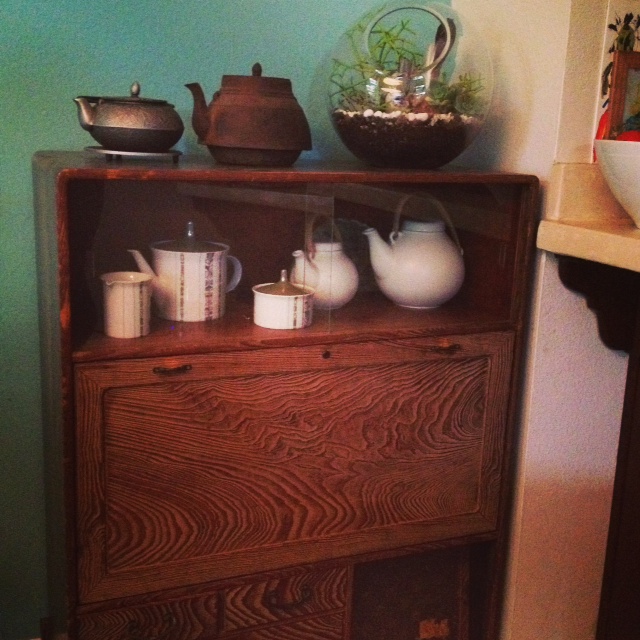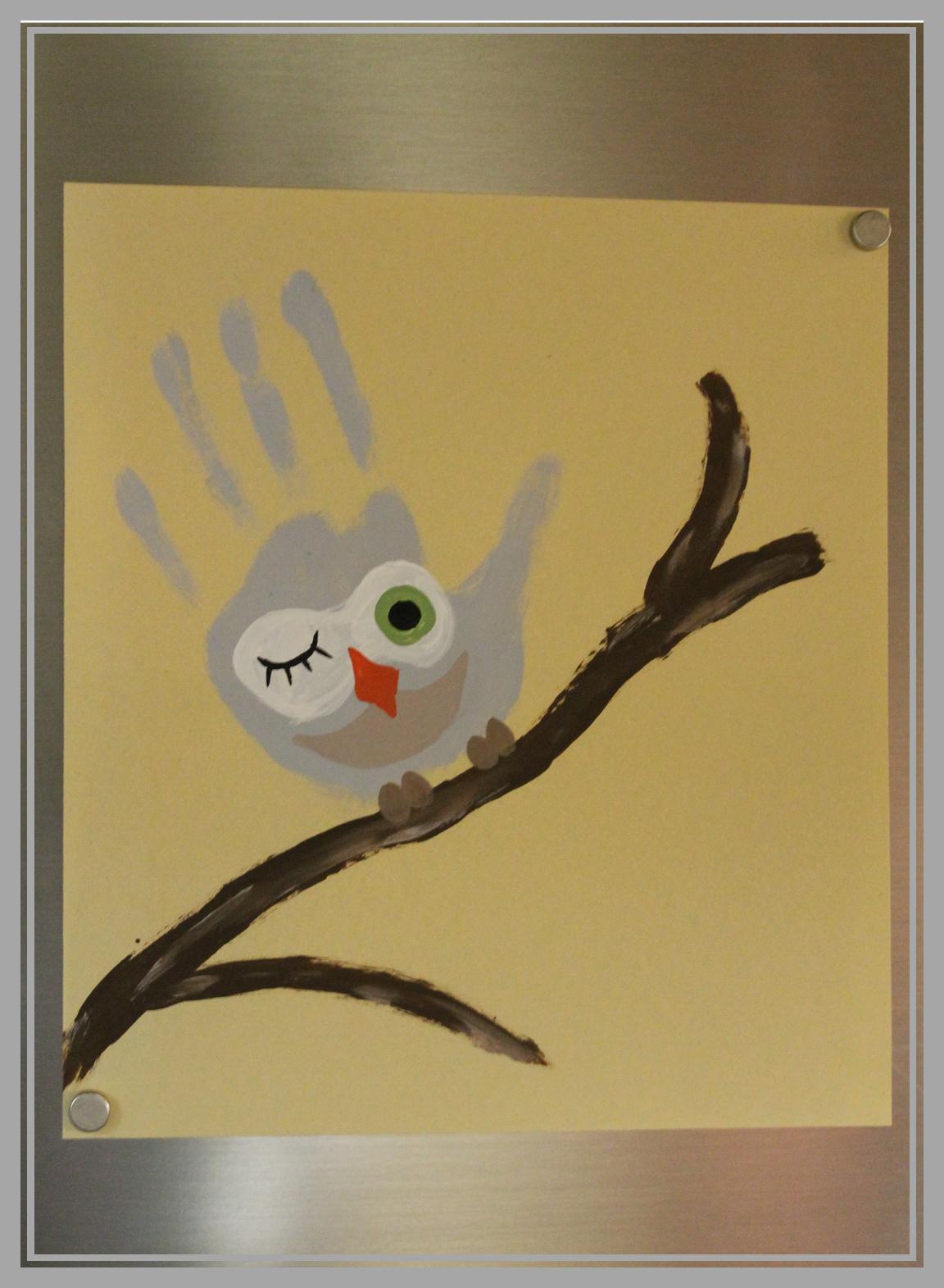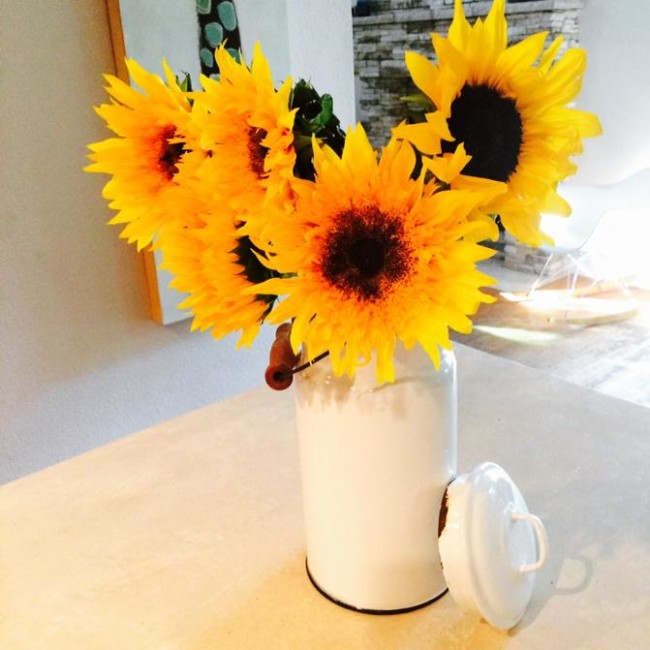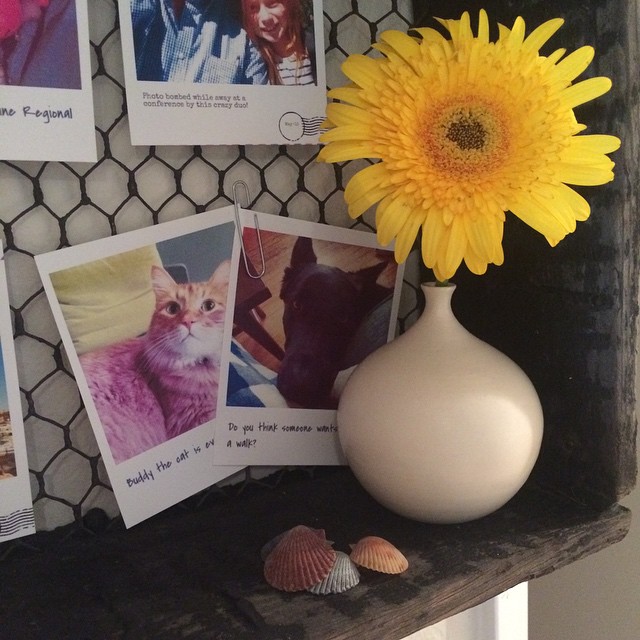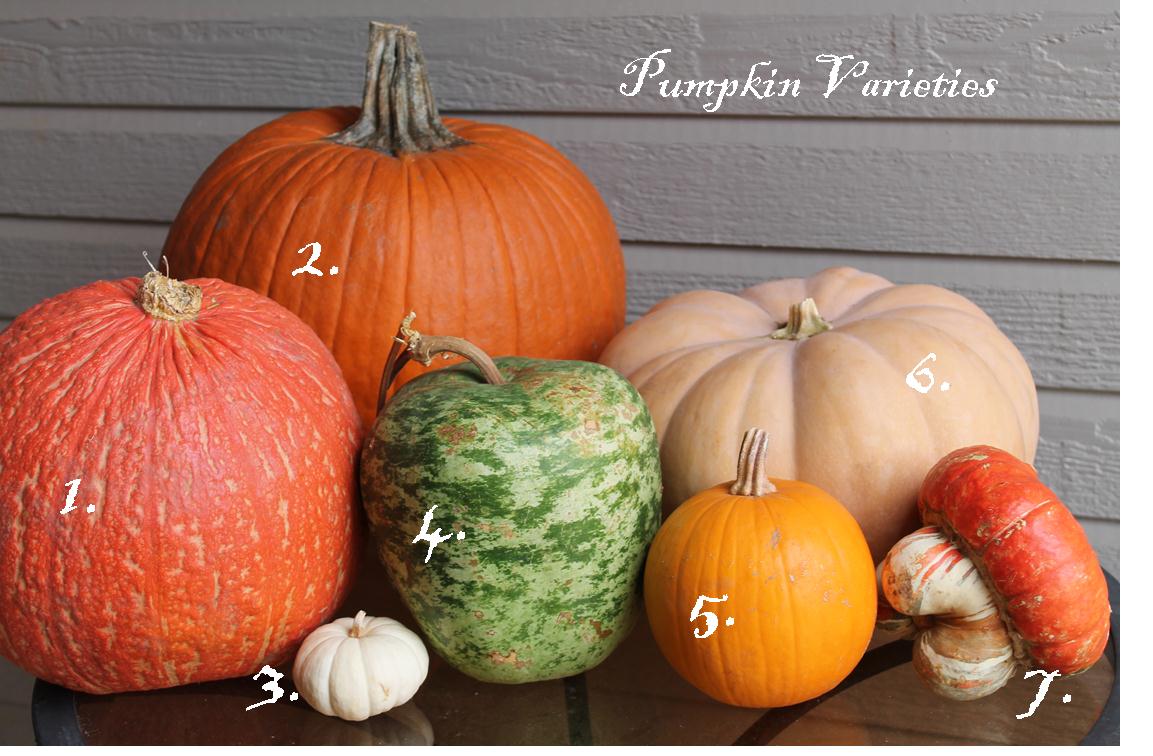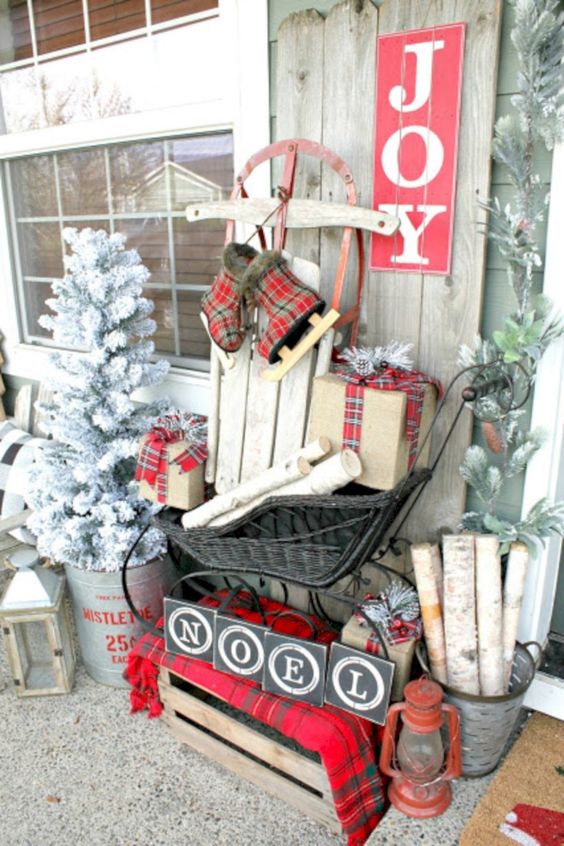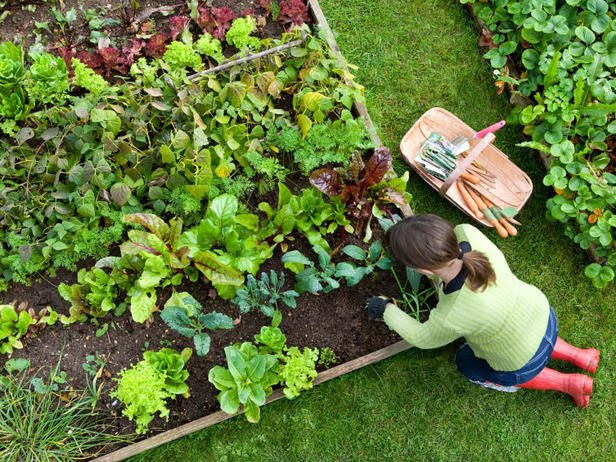-
Gardening Styles :: The Butterfly Garden
How to Attract Butterflies to Your Garden: Butterflies are synonymous with wonder and delight. Their whimsical flight traced through the air with my ever-gazing eyes makes me recall childhood memories. These delicately winged creatures capture the merriment of life through their constant fluttering. Bringing butterflies into your garden can be equaled to the simplest pleasures of youth. To properly welcome butterflies and make them feel at home, several key steps and their preferred flora are required. It is important to plant your garden in full sun. Think of butterflies as sun loving divas basking on the beach; they definitely do not desire shade or cold. Butterflies are exothermic…
-
Garden Preparation: A Simple How-To
“Each spring…a gardening instinct, sure as the sap rising in the trees, stirs within us. We look about and decide to tame another little bit of ground”. – Lewis Gantt Preparing Your Garden for Springtime: With spring right around the corner, now is the opportune time to begin garden preparations. Whether you desire a plentiful vegetable garden or a welcoming bed of flowers, the basis of each have the same planting process. Design, flora choice, soil amendments and physical labor must all be thoroughly considered before a garden can be properly created. Your design choice will better familiarize you with your growing space, plants’ needs and optimal outcome.…
-
Gardening Styles : The Desert Garden
The desert is a mysterious beauty. At first glance, one might encounter harsh temperatures and extreme aridity; quite inhabitable to many. Yet, the desert teems with life. With an abundance of more that 400 plant species, the desert blooms in a variety of colors; thus, making the desert an inspiration for landscape designers and gardeners. The desert garden gained in popularity due to its low level of maintenance, eye-catching appeal and hardiness. In addition to flora, landscapers traditionally include water features, gates, benches and arches. Plants may be planted in a variety of ornamental containers or in layered beds to achieve multi-level dimensions. In the garden, paths are constructed…
-
Gardening Styles: The English Garden
Traditionally viewed as a symmetrical and intricate “outdoor room,” the English garden evolved in the 18th century to yield its current state. Depicted now as informal elegance and naturally enticing, the English garden shed the previous vision of straight lines for curving paths, rows of trees for those sporadically planted thus allowing the garden to morph into a wandering park instead of the groomed formal setting that shied away from nature‘s bounty. The typical English garden of today is often referred to as a country garden or a landscape garden. Filled with architectural eye-catchers, such as topiaries, hand-crafted benches, and garden ornaments, the garden appeals to the young and old,…
-
Mommy & Me Owl Handprint Art
Owls can be wise, all-knowing, and even whimsical. This autumn, owls seem to be all the rage in fashion, art and décor. Here is a delightful Mommy & Me craft to create with your young children this season. Materials: Non-toxic acrylic paint of your choice. (Owls typically are brown, white and grey; however, pink owls are cute too.) Craft paper of your choice. (I used a manila paper, but any craft paper will do.) Various styles and sizes of paintbrushes. A nearby sink to rinse small painted hands. Let’s begin: After selecting your color choice for the owl body, gently paint your child’s palm. Once the palm is painted,…
-
Pumpkins, Gourds, and Squash, Oh My!
October is synonymous with pumpkins, gourds and squash. Throughout the month, they are used for décor, the main ingredient of seasonal dishes and as children’s whimsical canvas for spooky designs. However, did you know pumpkins and gourds, as well as squash, come in more shades of color than orange or yellow? With over 300 varieties of pumpkins, gourds, and squash grown annually, it is amazing to discern the color palette of nature: oranges, greens, yellows, blues, whites, striped, splotched, and spotted. Textures also vary greatly. Due to the close familial orientation of the three, it can often be difficult to tell them apart. All are members of the Cucurbita…
